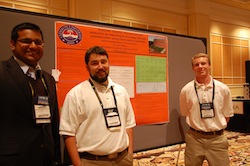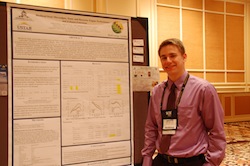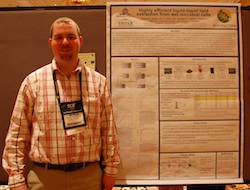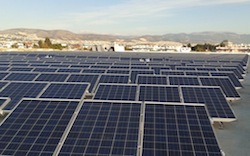According to a new report from the Worldwatch Institute, although the global consumption and installed capacity of hydropower and geothermal technologies have increased steadily since 2003, both types of energy saw slower growth in 2011. Global installed capacity of hydropower reached 970 gigwatts (GW) but there was only a 1.6 percent increase from the year before. Total geothermal capacity reached 11.2 GW, slowing to below 1 percent for the first time since 20o2, according to the report, authored by Evan Musolino.
“Despite the recent slowdown in growth, the overall market for hydropower and geothermal power is increasing in part because these two sources are not subject to the variability in generation that plagues other renewable energy sources such as wind and solar,” explained Musolino, a research associate with the Worldwatch’s Climate and Energy Program.  “The greater reliability of hydro and geothermal can thus be harnessed to provide reliable baseload power.”
“The greater reliability of hydro and geothermal can thus be harnessed to provide reliable baseload power.”
Among members of the Organisation for Economic Co-operation and Development (OECD), hydroelectricity accounted for almost 6 percent of primary energy consumption. It played a more important role in other countries—-at a little over 7 percent of usage—-and these non-OECD nations accounted for 60 percent of worldwide hydroelectricity consumption. On a regional basis, South America and Central America are most dependent on hydroelectricity relative to total energy use.
Although some 150 countries produce hydropower, half of the global capacity was concentrated in just five nations at the end of 2011. China remains the leader, with 212 GW installed, followed by Brazil (82.2 GW), the United States (79 GW), Canada (76.4 GW), and Russia (46 GW).
Similar to hydropower, the report finds geothermal resources are highly location-specific. Read More






 If you have a passion for biosystems engineering and biodiesel then you should consider going to college at Clemson University (or transferring there for your advanced degree). Why? Because three of the coolest biodiesel researchers and innovators are currently working together to advance biodiesel. The biodiesel gurus are all members of
If you have a passion for biosystems engineering and biodiesel then you should consider going to college at Clemson University (or transferring there for your advanced degree). Why? Because three of the coolest biodiesel researchers and innovators are currently working together to advance biodiesel. The biodiesel gurus are all members of 




